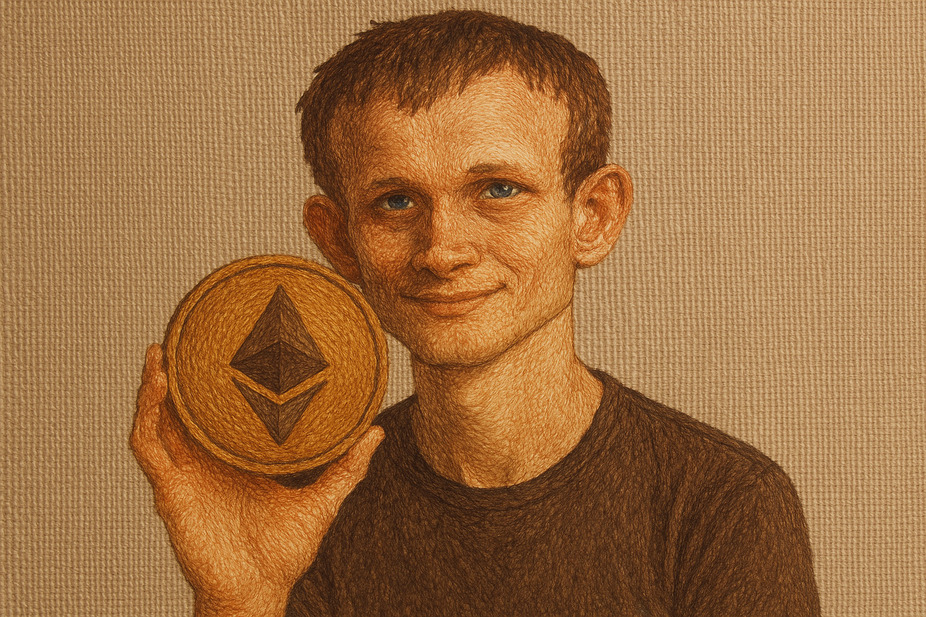Popular cryptos
Mask Network
Download Ironwallet app and get tool for making transaction without network fee
About Mask Network
Mask Network is an emerging platform aiming to bring decentralized apps and services into the mainstream through social media. Built as a browser extension, Mask Network acts as a portal connecting users to Web3 tools while still using existing social networks like Twitter and Facebook. This allows crypto features to be seamlessly integrated into popular apps in a unique way.
History and Founding of Mask Network
Mask Network, originally known as Maskbook, is a protocol that allows users to encrypt content posted on social media platforms, such as Twitter and Facebook, enabling only selected friends to decrypt and view the content. The idea is to provide privacy and data protection in the era of mass surveillance and data mining by large corporations. It essentially creates a privacy layer over existing social networks without needing to create a new platform.
Founded by Suji Yan in 2019, Mask Network was developed with the vision to restore the balance between users and platforms by giving control back to the users over their data and privacy. Suji Yan, a Chinese entrepreneur and privacy advocate, was motivated by the increasing concerns over personal data exploitation and the lack of privacy on mainstream social media platforms. The Mask Network extends beyond simple encryption, incorporating features such as cryptocurrency payments and decentralized applications (DApps) access directly from the social media interface, blending the functionalities of Web 3.0 with traditional social media.
The founding of Mask Network marked a significant step towards integrating Web 3.0 technologies with existing social networks, promoting a decentralized internet where users have more control over their data and digital interactions. This initiative aligns with the broader movement towards a more private, secure, and user-centric internet experience.
Mask Network’s Technology and Features
The core technology behind Mask Network is the ability to run decentralized apps within social media sites through a browser plugin. This works by encrypting and transmitting data through text blocks, images or URLs which look innocuous to moderators and other users.
On the user side, the browser extension unlocks a range of Web3 features. This includes secure encrypted messaging, digital wallets, access to DEXs and DApps, NFT services, transactions on Layer 2 chains like Polygon, and more. Users can also build communities and groups around crypto topics while still using familiar social apps.
For developers, Mask Network provides frameworks like Maskbook.js to build new decentralized tools that leverage its userbase and distribution channels. Overall, the technology aims to act as a portal bridging regular internet users into crypto and Web3.
Decentralized Apps and Services on Mask Network
Here are some of the popular apps and services currently available through Mask Network:
- Encrypted Messaging – Users can communicate privately with end-to-end encryption powered by Signal protocol.
- Wallets – Built-in support for wallets like MetaMask, hardware wallets and custom wallets. Makes transactions easy.
- DEX Access – Swap or provide liquidity on DEXs like Uniswap, SushiSwap, PancakeSwap etc.
- NFT Services – Mint, buy, sell and display NFT collections and items.
- Red Packet – Send crypto rewards and cash gifts to friends. Popular during festivals.
- Polygon Transactions – Fast and low-cost transactions on Polygon sidechains.
- L2 Avatar – Display an NFT avatar across social media profiles.
- Decentralized Profiles – Sign in and store identity securely using decentralized identifiers.
Mask Network Tokenomics and MASK Token
MASK is the native utility token that powers the Mask Network ecosystem. The total supply is capped at 100 million MASK. It is used to reward participants and align incentives between users, node operators and developers.
10% of the supply was allocated to seed and private sales. 14% was sold in public token sale events. 23% goes toward ecosystem rewards, while 18% is provided as liquidity mining rewards. 13% is allocated to the Mask DAO treasury and the rest goes to the founding team, advisors and community reserves.
MASK allows holders to participate in governance of the decentralized autonomous organization (DAO). It can also be staked to operate nodes on the network and earn rewards. Users can also complete tasks and provide services in return for MASK rewards. The token mechanics are designed to bootstrap the ecosystem and gain widespread adoption.
Partnerships and Integrations
Mask Network has formed strategic partnerships with both crypto and mainstream organizations to boost its reach and real-world use cases.
Notable partners include blockchain data site CoinGecko, crypto payments processor CoinPayments, e-commerce platform Shopping.io, NFT brands like World of Women and Lazy Lions, plus social media platforms Minds and Vow.
These collaborations highlight Mask Network’s ability to bridge Web2 and Web3 worlds. The integrations allow decentralized apps on Mask to interconnect with existing crypto infrastructure as well as mainstream platforms and services.
How and Where to Download or Purchase Mask Network
Using Mask Network is simple and easy. Here are the steps to get started:
- Download the browser extension for Chrome, Firefox, Brave or Edge. Also available on iOS and Android.
- Create a wallet or connect your existing wallet like MetaMask.
- Browse decentralized apps and services within Twitter, Facebook, Telegram etc.
- Join crypto communities and groups relevant to your interests.
The MASK token can be purchased on major exchanges like Binance, Coinbase Pro, KuCoin and Gate.io. It’s also available on DEXs like Uniswap. Consider storing MASK securely in a hardware wallet.
Mask Network for Investors and Traders
For crypto investors and traders assessing Mask Network, some key aspects to analyze include:
- User and revenue growth metrics over time as adoption increases. This indicates ecosystem activity.
- Token burn rates from different activities like transactions fees. Burns reduce circulating supply.
- Speculative trading activity and derivatives for MASK. More liquidity lowers volatility.
- Sentiment and discussions about Mask Network in crypto social media groups. This gauges grassroots interest.
- Major exchange listings for MASK. Additional exposure typically drives volume and liquidity.
- Development activity on GitHub. Higher dev activity suggests greater technological progress.
Overall, Mask Network aims to uniquely blend Web2 and Web3 in a way that provides intuitive access to decentralized apps for regular internet users worldwide. Its evolution promises to be an interesting one for crypto space.

























